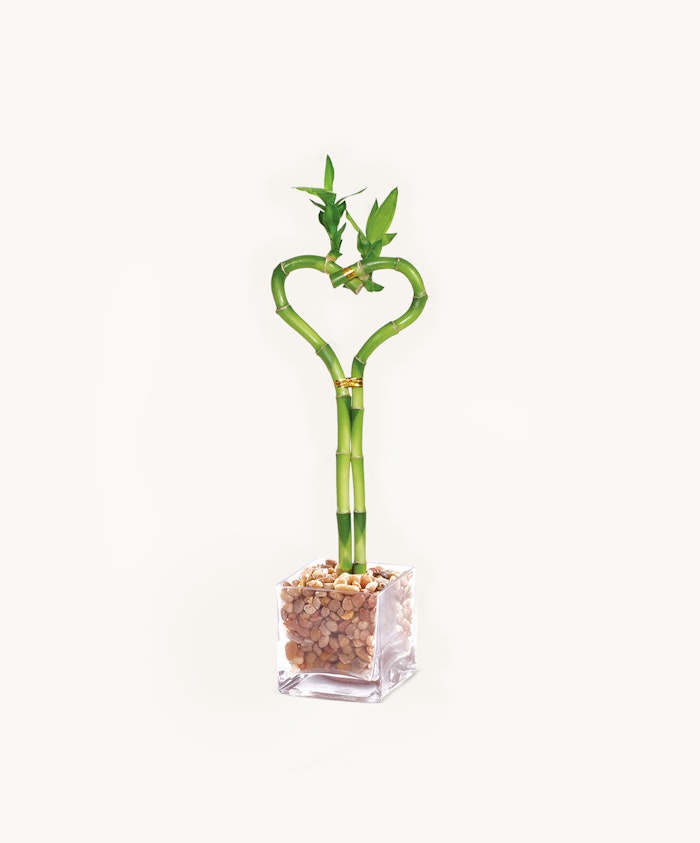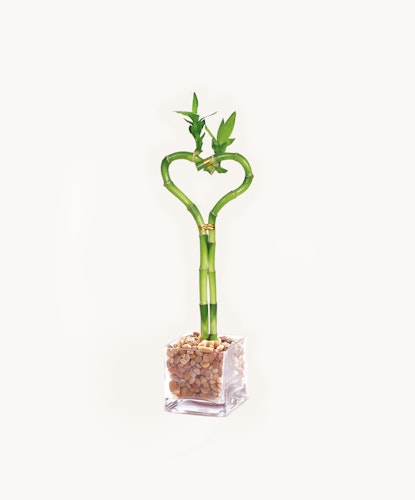1. Watering properly.
Keep the decorative rock in the bottom of the container and fill the container with water. Use only distilled or purified water for your Lucky Bamboo to reduce the risk of bacteria growth.
2. Light.
Lucky Bamboo grows in low light conditions and does not require any soil or fertilizer.
3. Blooming.
Lucky Bamboo stalks will not grow taller once they are cut. Over time, the leaves will gradually develop into stalks themselves. Once a leaf has developed into a stalk, it can be clipped at its base and placed in water to start more bamboo. If the Lucky Bamboo starts turning yellow, remove the infected area.
1. Watering properly.
Keep the decorative rock in the bottom of the container and fill the container with water. Use only distilled or purified water for your Lucky Bamboo to reduce the risk of bacteria growth.
2. Light.
Lucky Bamboo grows in low light conditions and does not require any soil or fertilizer.
3. Blooming.
Lucky Bamboo stalks will not grow taller once they are cut. Over time, the leaves will gradually develop into stalks themselves. Once a leaf has developed into a stalk, it can be clipped at its base and placed in water to start more bamboo. If the Lucky Bamboo starts turning yellow, remove the infected area.
1. Watering properly.
Keep the decorative rock in the bottom of the container and fill the container with water. Use only distilled or purified water for your Lucky Bamboo to reduce the risk of bacteria growth.
2. Light.
Lucky Bamboo grows in low light conditions and does not require any soil or fertilizer.
3. Blooming.
Lucky Bamboo stalks will not grow taller once they are cut. Over time, the leaves will gradually develop into stalks themselves. Once a leaf has developed into a stalk, it can be clipped at its base and placed in water to start more bamboo. If the Lucky Bamboo starts turning yellow, remove the infected area.
1. Watering properly.
Keep the decorative rock in the bottom of the container and fill the container with water. Use only distilled or purified water for your Lucky Bamboo to reduce the risk of bacteria growth.
2. Light.
Lucky Bamboo grows in low light conditions and does not require any soil or fertilizer.
3. Blooming.
Lucky Bamboo stalks will not grow taller once they are cut. Over time, the leaves will gradually develop into stalks themselves. Once a leaf has developed into a stalk, it can be clipped at its base and placed in water to start more bamboo. If the Lucky Bamboo starts turning yellow, remove the infected area.

